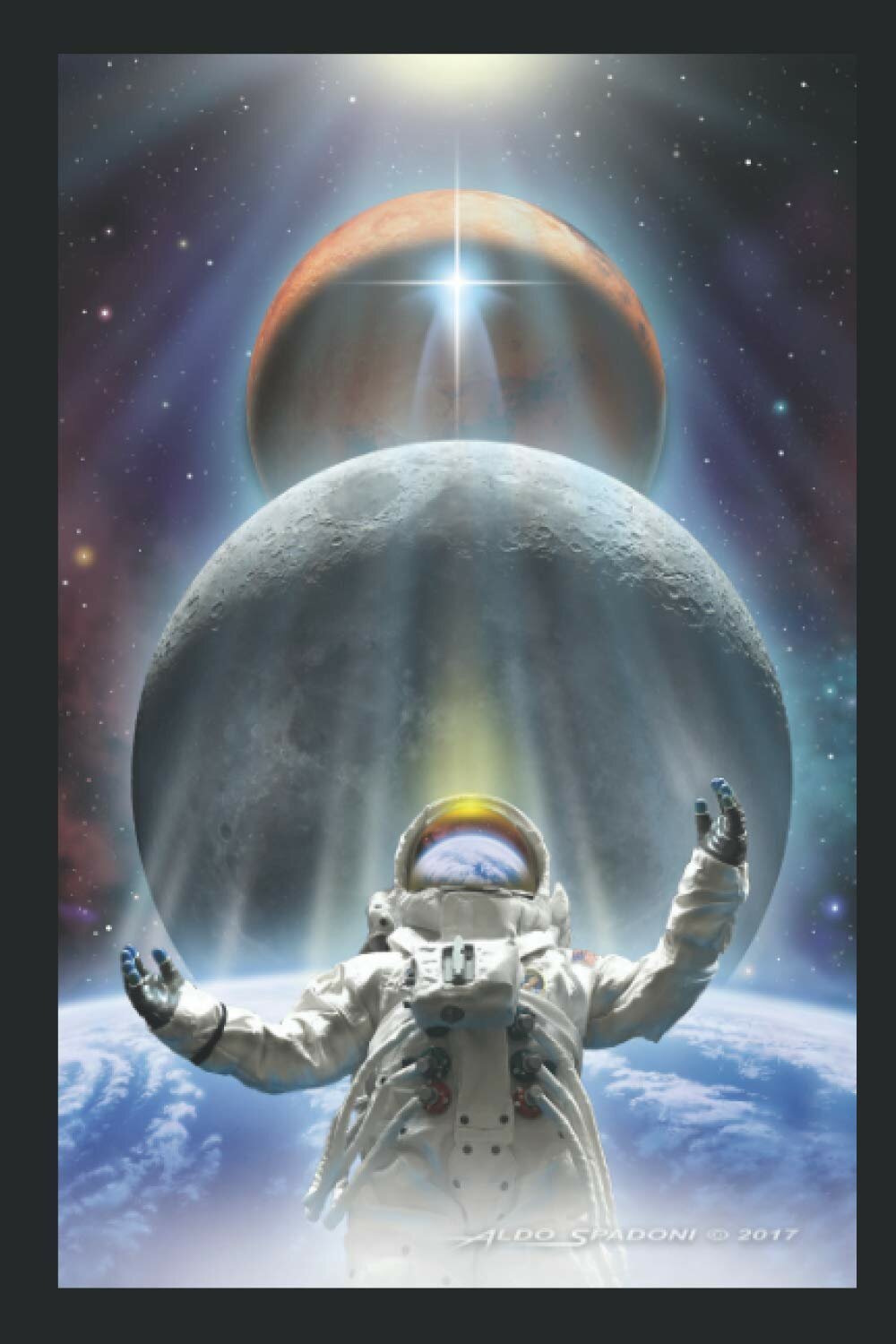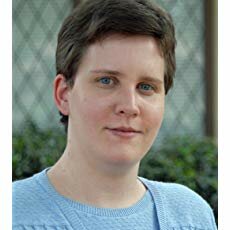Most of my author interviews are with science fiction and horror authors. However, I periodically review nonfiction works that might be of interest to fans. This is the first time I’ve interviewed a nonfiction author whose book on the space program, Guardians of the Right Stuff, might be of interest to science fiction fans.
Tamara Wilhite: What led you to write Guardians of the Right Stuff?
Steve Taranovich: As a young boy in the 1950s, I was exposed to such science fiction heroes as Flash Gordon and Commander Cody, as well as a theater movie to which my parents took me, entitled “Gog”. I believe that science fiction ultimately leads us to science reality.
Then in the 1960s I watched every Mercury, Gemini, and Apollo launch on my small black and white TV. On the days that the launches were scheduled, I told my mom that I did not feel well—she caught on to my plot after a few launches. All of this led me to becoming an electronics engineer and ultimately to writing this book, which the retired Grumman and NASA people in their 80s and 90s, who I interviewed, asked me to do before their stories were lost.
Tamara Wilhite: You said that you interviewed people who worked on the Apollo program, both from NASA and Northrup Grumman. How were you able to meet with them? And how many are left?
Steve Taranovich: My journey began with the intent to write an article for publication on the 50th anniversary of the Moon landing. After numerous phone calls, I traveled to Long Island, NY where I had lived for most of my life, and contacted the Grumman retirees group and the Cradle of Aviation Museum at which most of the Grumman retirees worked as docents.
This was the first time I was asked to write a book with their incredible stories. After many more phone calls later, my wife, Loretta (my photographer) and I took an epic road trip journey to New Mexico where the White Sands Test facility for rockets is based, the hills of Texas and on into Houston to meet a whole group of NASA retirees in their homes and in conference rooms at the University of Houston. The ones I interviewed totaled to 19. There are only a few handfuls more still around, who were involved in the Apollo program, such as in the NASA Alumni League at Houston.
Tamara Wilhite: What are some of the stories you’d like to share here?
Steve Taranovich: Some stories that come to mind are NASA and Grumman’s ‘Rocketmen’ in my book. These are the guys, some of whom worked under Wernher von Braun, who developed and tested the Apollo Lunar Module Ascent and Descent engines as well as the Reaction Control System (RCS) quad rockets, which provided attitude control on the Command Module as well as to the Lunar Module (LM). These guys were virtual pioneers whose dedication, talent and commitment led to safe travel for the astronauts. True “Guardians of the Right Stuff’ like Warren Brasher who worked on the Ascent portion of the Lunar Module (LM) stage. There were many design problems on the critical Ascent stage rocket engine design. If this rocket did not perform, the astronauts would be left to die on the Lunar surface, unable to survive until the next Apollo mission. Brasher and his colleagues made sure this did not happen with long days of design ideas, review, and testing and not much time at home. Their families were strained without the husband/father being there very much—and all at a far lower pay than if they were in some sort of a commercial job. This was the kind of steadfast dedication seen in all of the NASA and Grumman people!
Another great character in my book was Ray Melton, a retired NASA guy who now lives near the NASA White Sands rocket test range. Ray is a virtual encyclopedia of knowledge on rockets and rocket testing. I consider him one of the best historians regarding White Sands Apollo rocket testing. He also has a veritable museum collection of images and memorabilia from the Apollo rocket program. As a youngster he enjoyed blowing things up; his friends called him Ray “Merlin”.
Tamara Wilhite: Your bio says you have experience in space related electronics. Can you tell me more about what that means? For example, how does the design of a circuit board or antenna going into space differ from the average 5G antenna or cell phone?
Steve Taranovich: I have an MSEE in electronics and was a circuit designer for 23 years. In that role, I helped design a Radiation Hazard Meter for microwave radiation that flew on one of the Space Shuttles. This was similar to a nuclear radiation badge or a Geiger counter, but it measured radio wave power levels from antennas which could be deadly to humans. When electronics are designed to travel in space, all of the components, like integrated circuits, resistors, capacitors and inductors including the circuit boards, need to be designed and tested to perform in the wide temperature variations of space (typically, but not limited to +250 degrees F to -250 degrees F) which is a vacuum. The most damaging thing in space for electronics is radiation.
Tamara Wilhite: What is your opinion of Elon Musk’s SpaceX program?
Steve Taranovich: When I was at NASA a few years ago, I was told by NASA personnel that “We are now a space port”. I saw Space-X there at Kennedy Space Center in Florida—the leased Launch Pad 39A, which is a former Apollo and Space Shuttle area, is now modified for Elon Musk and his team’s needs.
I also saw a Blue Origin building being constructed on NASA grounds; Jeff Bezos’ rocket development will be Amazon’s delivery to the space station and the ‘stars’.
Commercial development must and is being encouraged by the US government and NASA since Congress cannot afford funding for the advancement of future space travel with all the other needs in the US. These commercial guys are in this for a profit, but NASA helps oversee safety, which is paramount.
Musk and his team know how to commercialize space and make money while doing it. Just look at how he re-uses his booster rockets and lands them accurately on ocean barges with pinpoint accuracy. NASA could never do this—Congress would never fund that kind of development.
Tamara Wilhite: And what do you think the impact of Starlink will be?
Steve Taranovich: Musk’s Starlink is the future of the Internet. In this time of the COVID-19 virus, we are seeing the internet being strained because of all the homebound users. Even when this virus subsides, we will need internet to all parts of the Earth. Musk and his team know how to perfect the technology with his engineering team of experts.
Tamara Wilhite: What else are you working on?
Steve Taranovich: Right now I am thinking of some topics for another possible book. Maybe another non-fiction or possibly a fiction book, but based on technology and science.
Tamara Wilhite: Is there anything you’d like to add?
Steve Taranovich: I am right now looking forward to the Boeing launch of the Crew-1 spacecraft because I know the pilot, Victor Glover, whom I met a couple of years ago in the Yuma, AZ desert during a NASA Orion parachute test. Victor is a former F-18 Navy pilot and was also part of the NASA Astronaut Safety Team.
Tamara Wilhite: Thank you for speaking with me.



Comments
Leave a Reply